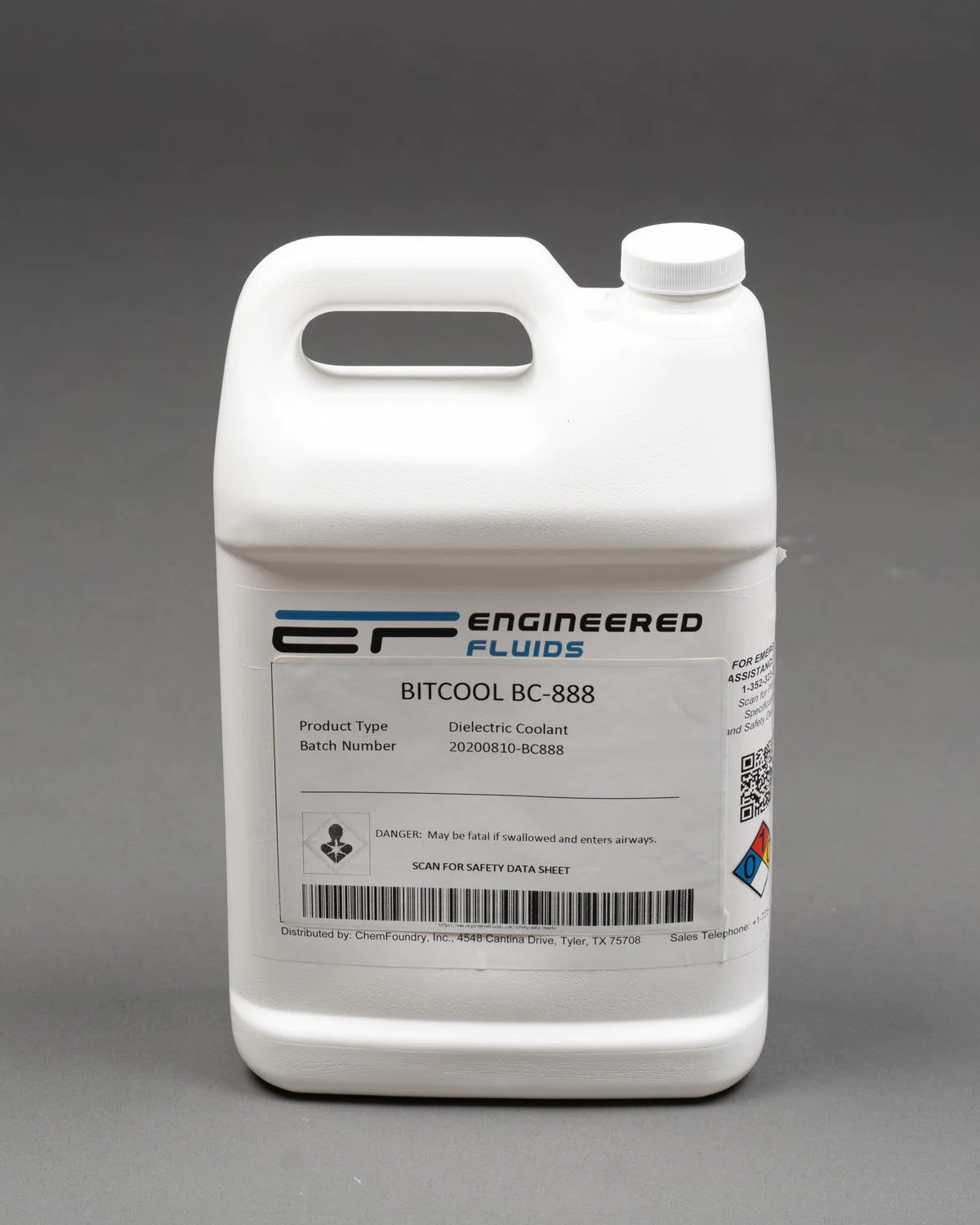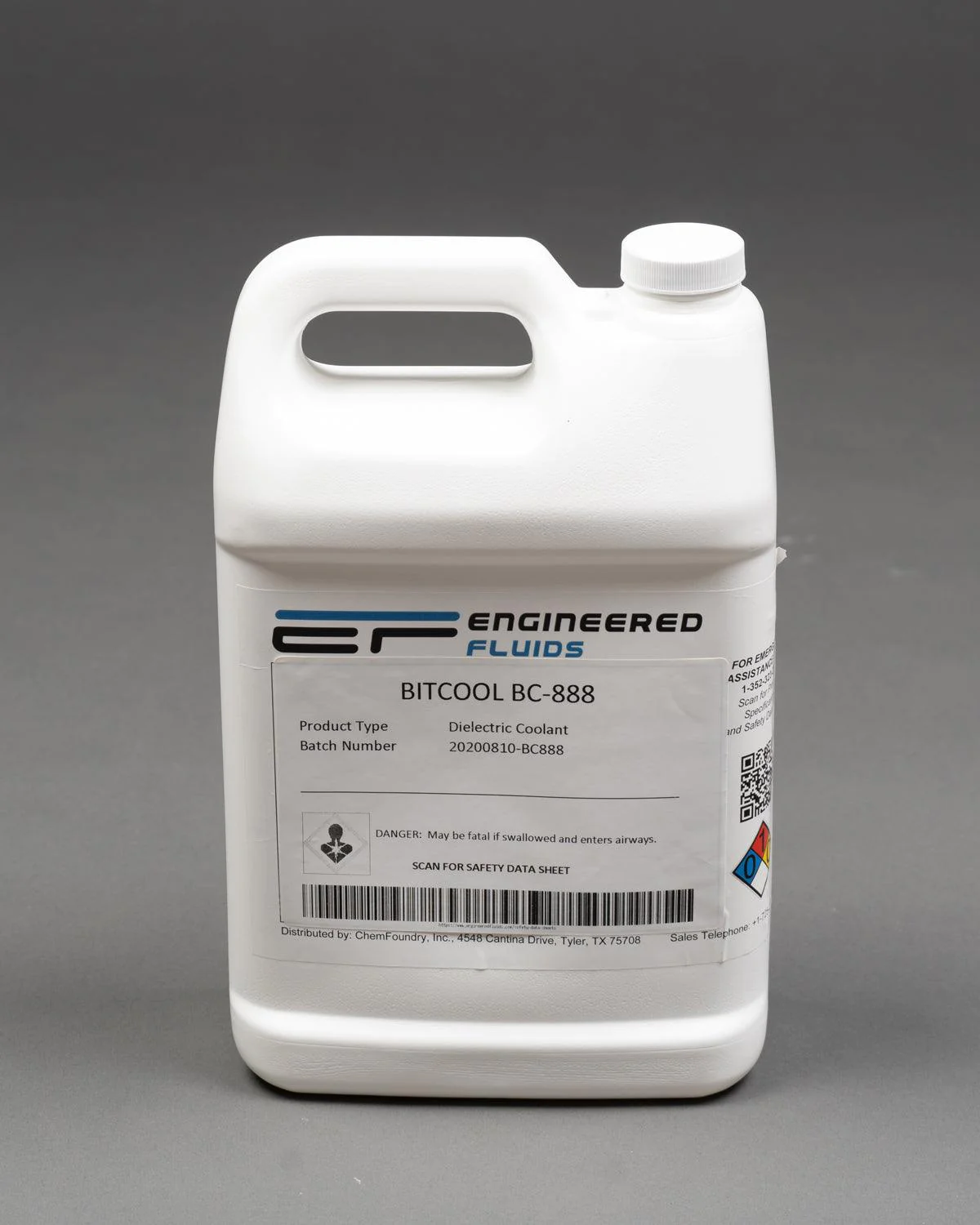Staff Answer

Feb 21, 2020 - 04:34 AM
Providing proper dielectric coolant flow to all the devices you are cooling in your SLICTank is key to getting the most from your system. The key thing to avoid in your tank design is laminar flow of the fluid around hot components. This website is a basic definition of fluid flow types as a reference. All of Engineered Fluids Dielectric Coolants are non-compressible Newtonian fluids.
The problem with laminar flow is that the fluid direct adjacent to the electronics is actually not moving, so the amount of heat that is removed is limited to the heat density of the coolant itself. On the other hand if you are able to achieve turbulent flow, then new cool coolant is brought in contact with the electronics and is able to quickly and effectively remove the heat. In turbulent flow, the cooling fluid is moving in a chaotic motion so there is always new molecules in contact with the heated electronics.
In all tank designs the flow control plates located at the bottom of the tank are key to getting good turbulent flow. Some designs use holes, others use slots, some use mesh. The key is to direct the coolant only to the parts of the device that needs to the flow of coolant, namely the hot parts - the ones with heat sinks are particularly a good place to direct coolant.
It is important to get good even flow through all of the devices in the tank, having more coolant flow into one device than another will cause on device to heat up more and potentially cause a temperature imbalance. The best way to check for even flow in a new design is to run a computational flow analysis of your tank design. We've spent a lot of time and money doing comprehensive flow analysis for our SLICTanks to ensure even and complete flow through tank to all devices.
SLICTanks have a series of Flow Control Plates on which the devices sit that are specially designed to ensure that for each specific device type that they get good turbulent coolant flow. In addition we orient the devices on the FCPs in such a manner that ensures all of the components will receive full and even flow.
While a pipe placed on the bottom of the tank with holes drilled in it can work, you need to make sure all the flow is not coming out of the far end of pipe and nothing is coming out of the holes on the closer end of the pipe to the input flow of the coolant.
Also, slots always create more turbulence than round holes, so we always use slots in our FCP designs..
.
The problem with laminar flow is that the fluid direct adjacent to the electronics is actually not moving, so the amount of heat that is removed is limited to the heat density of the coolant itself. On the other hand if you are able to achieve turbulent flow, then new cool coolant is brought in contact with the electronics and is able to quickly and effectively remove the heat. In turbulent flow, the cooling fluid is moving in a chaotic motion so there is always new molecules in contact with the heated electronics.
In all tank designs the flow control plates located at the bottom of the tank are key to getting good turbulent flow. Some designs use holes, others use slots, some use mesh. The key is to direct the coolant only to the parts of the device that needs to the flow of coolant, namely the hot parts - the ones with heat sinks are particularly a good place to direct coolant.
It is important to get good even flow through all of the devices in the tank, having more coolant flow into one device than another will cause on device to heat up more and potentially cause a temperature imbalance. The best way to check for even flow in a new design is to run a computational flow analysis of your tank design. We've spent a lot of time and money doing comprehensive flow analysis for our SLICTanks to ensure even and complete flow through tank to all devices.
SLICTanks have a series of Flow Control Plates on which the devices sit that are specially designed to ensure that for each specific device type that they get good turbulent coolant flow. In addition we orient the devices on the FCPs in such a manner that ensures all of the components will receive full and even flow.
While a pipe placed on the bottom of the tank with holes drilled in it can work, you need to make sure all the flow is not coming out of the far end of pipe and nothing is coming out of the holes on the closer end of the pipe to the input flow of the coolant.
Also, slots always create more turbulence than round holes, so we always use slots in our FCP designs..
.





Add New Comment